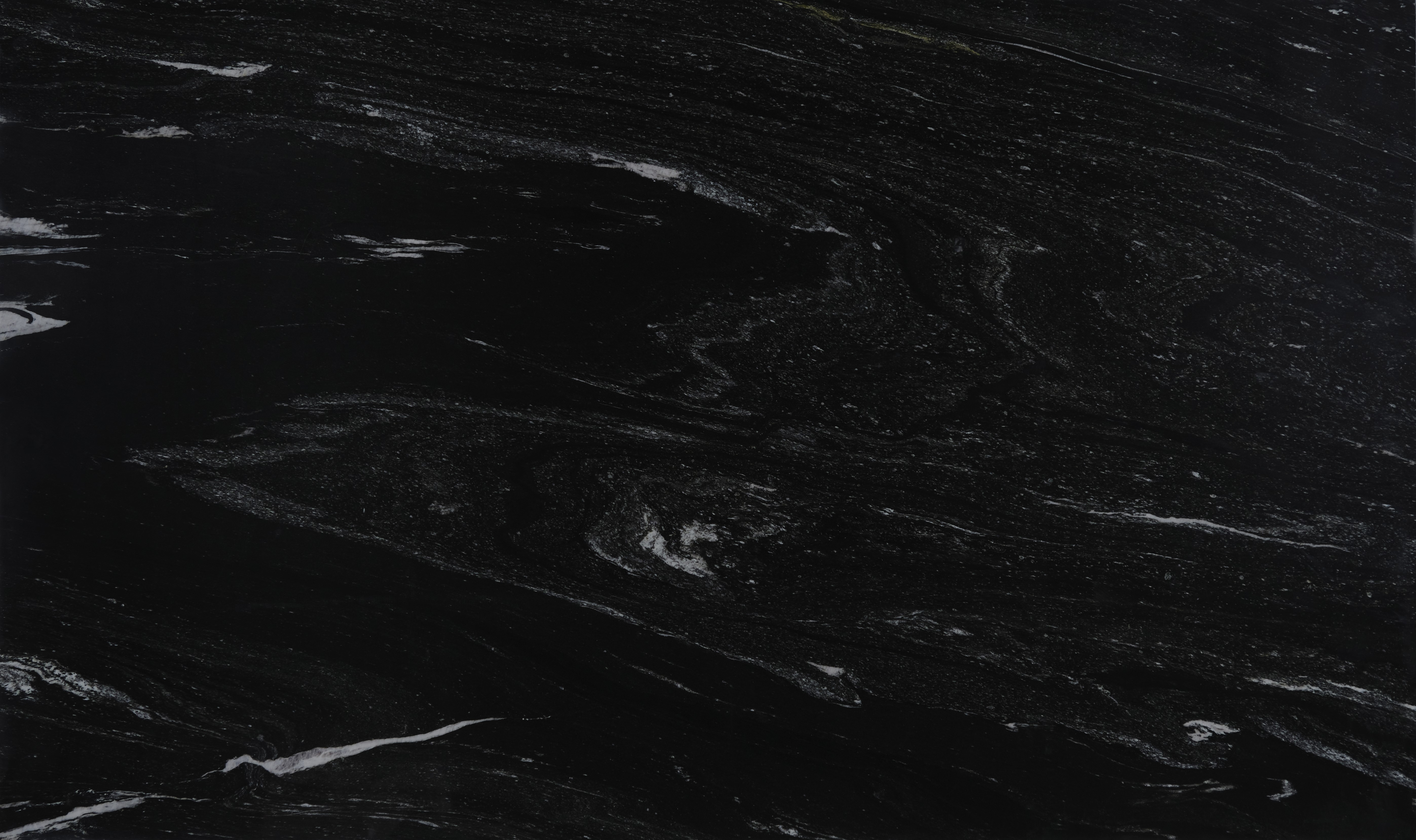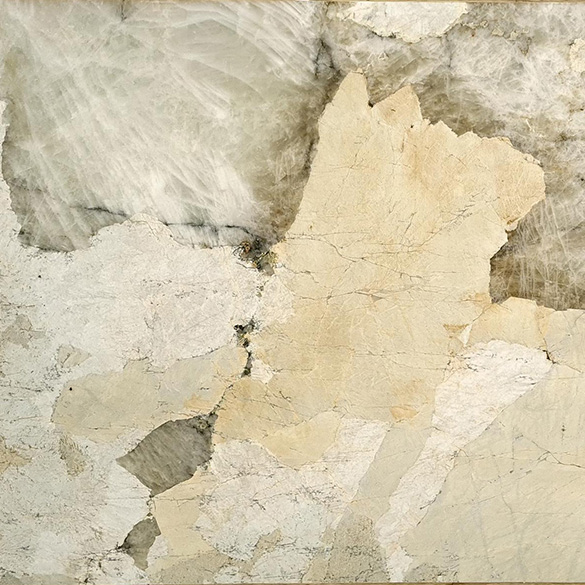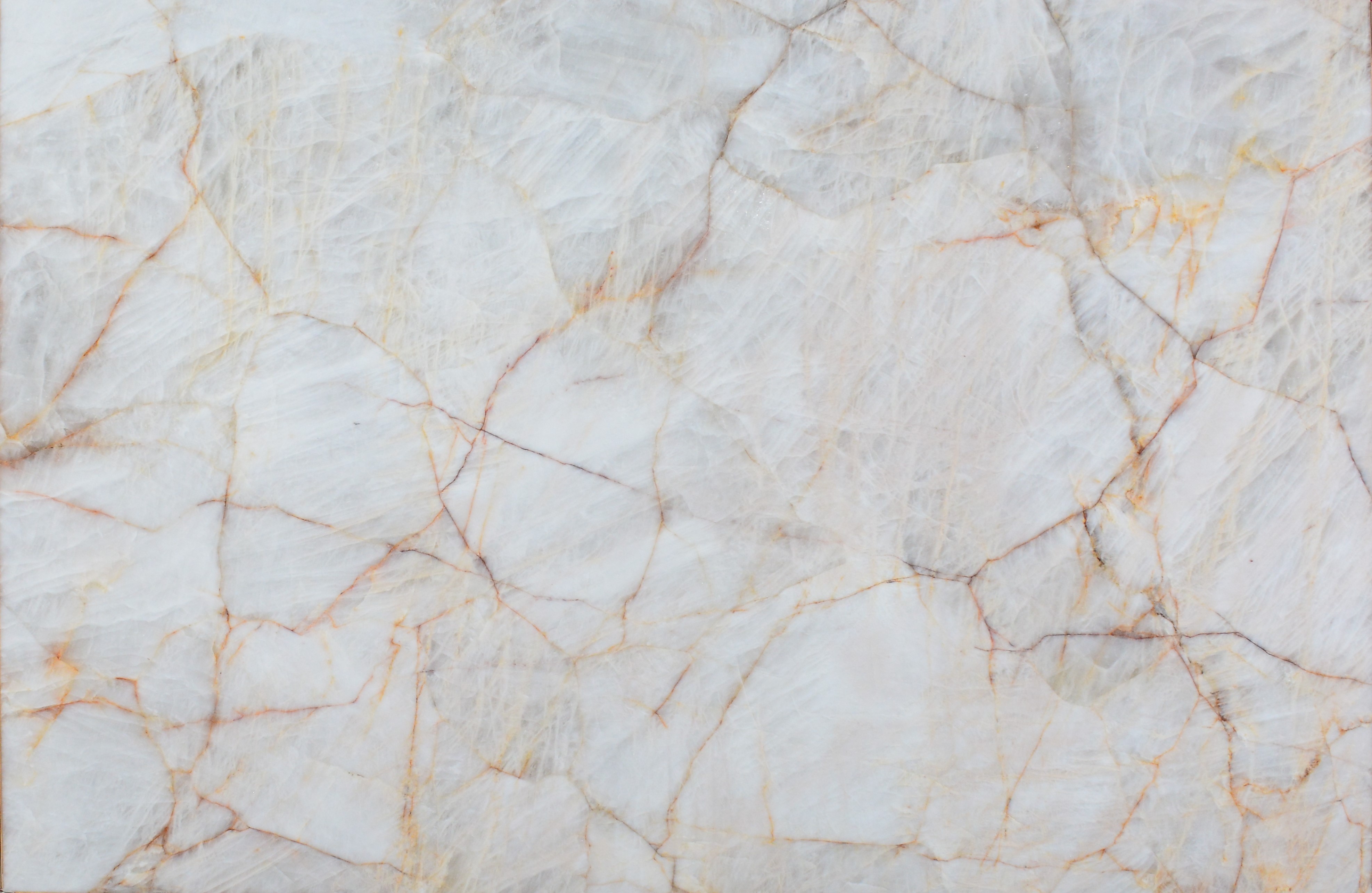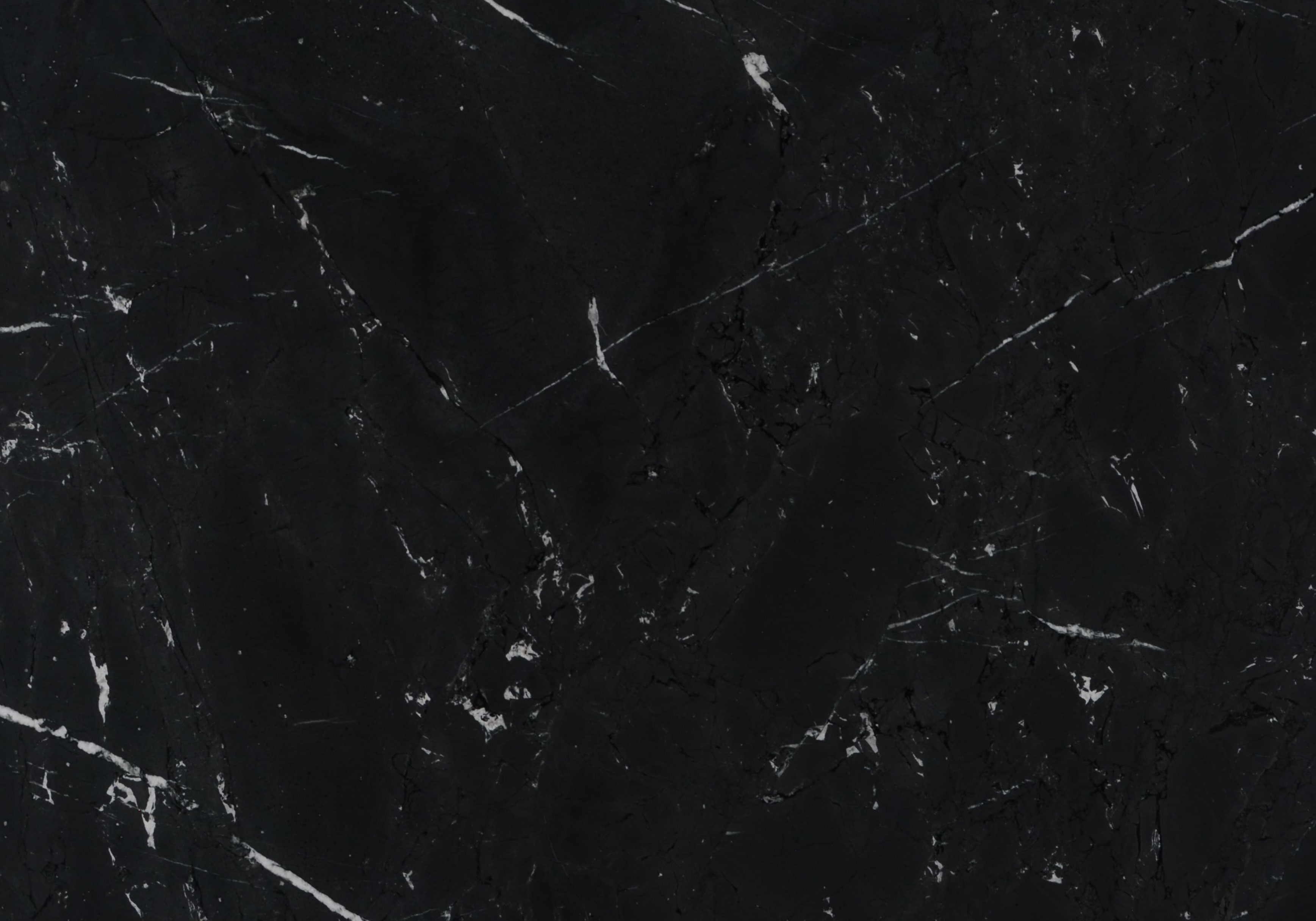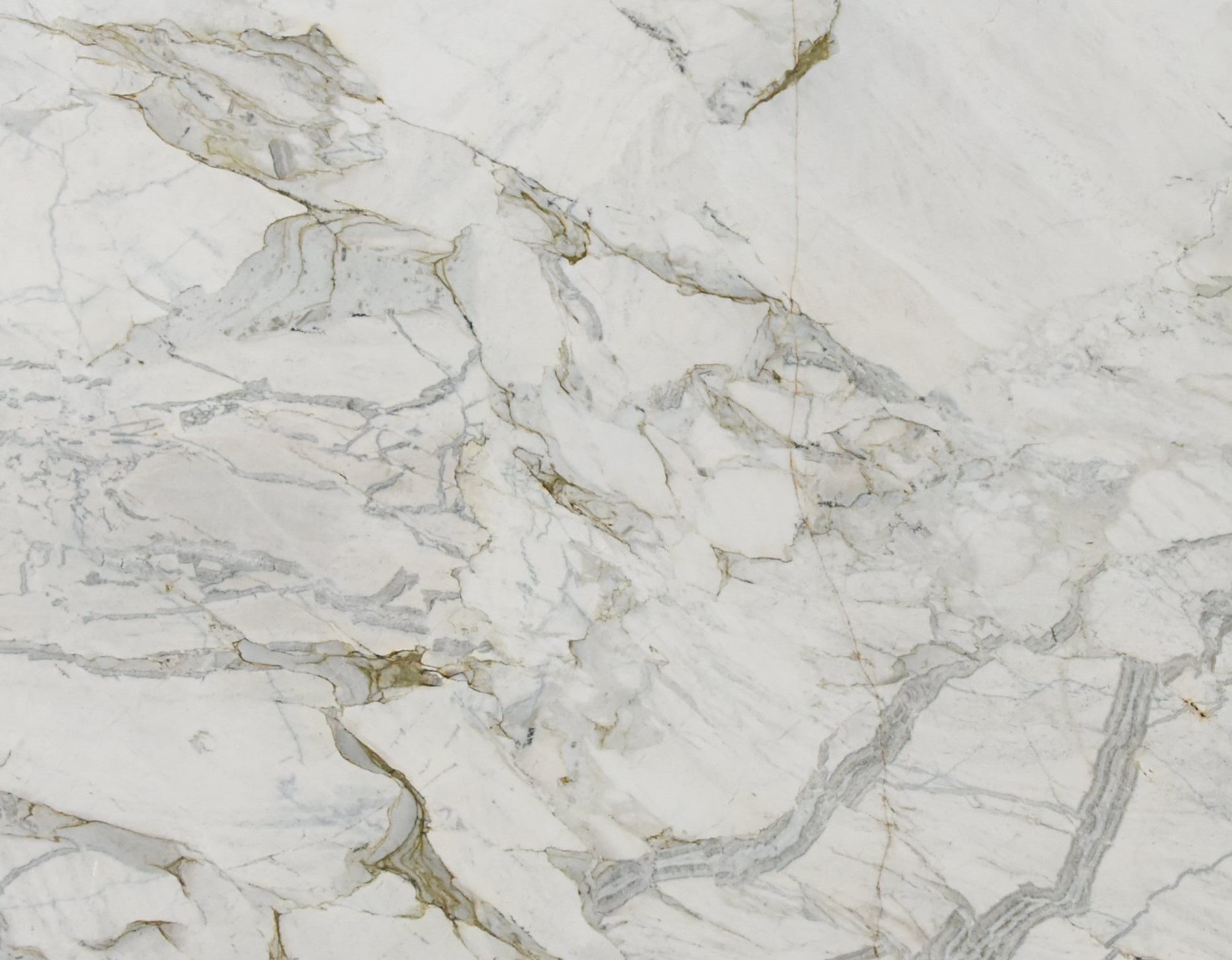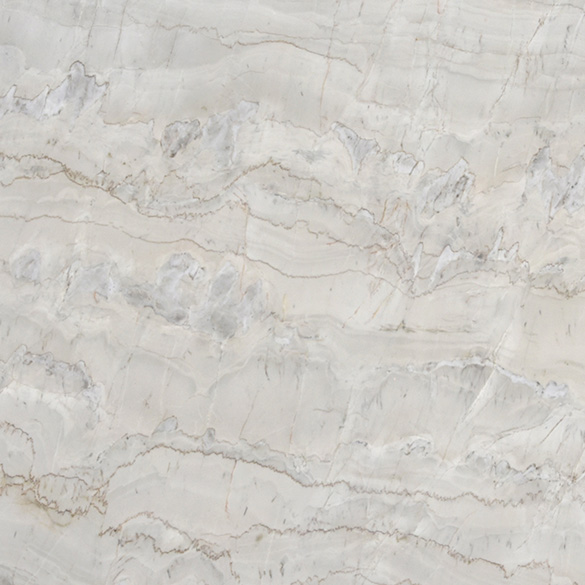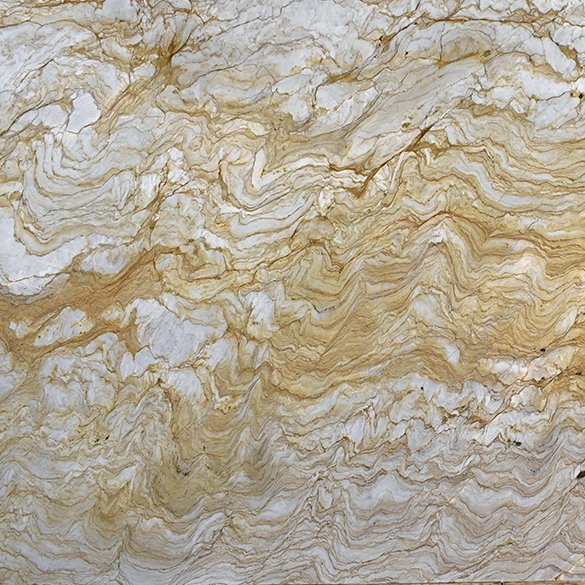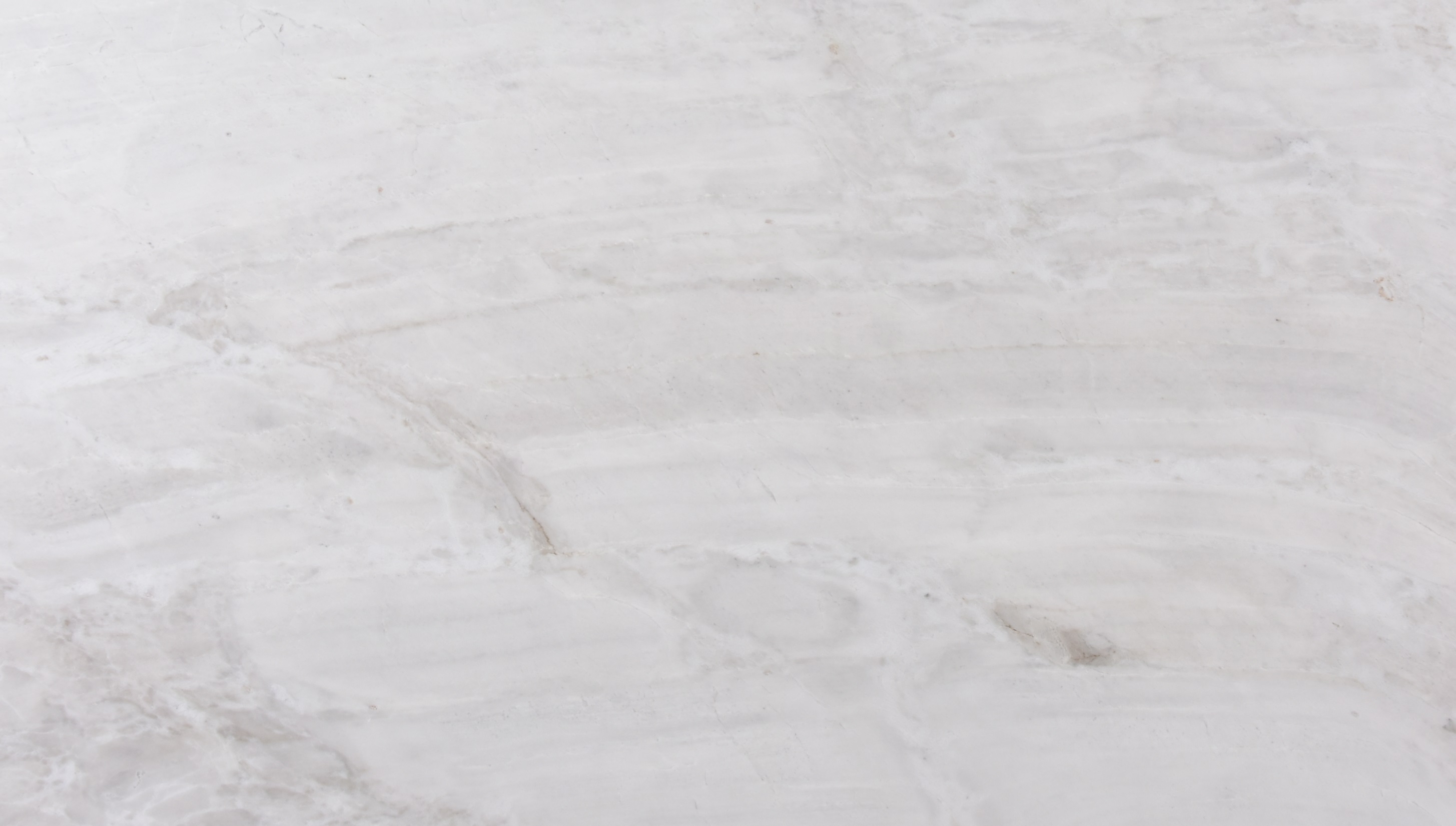Quartzites
Bronzite
Bronzite stands out for its unique formation, around 2.8 to 2.5 billion years ago, when the first life forms transformed the atmosphere by releasing oxygen through photosynthesis. This process caused iron to react with seawater, forming oxides that were deposited on the ocean floor in layers of iron and silica.
Over the course of countless geological events, during the evolution of the planet, the material was moved and subjected to metamorphism processes, resulting in a rock of high hardness, with striking colors due to the presence of iron.
Vintage Bronzite Quartzite, found in Bahia, is a sophisticated and durable choice for design and architecture projects.
Finishes

Polished

Brushed
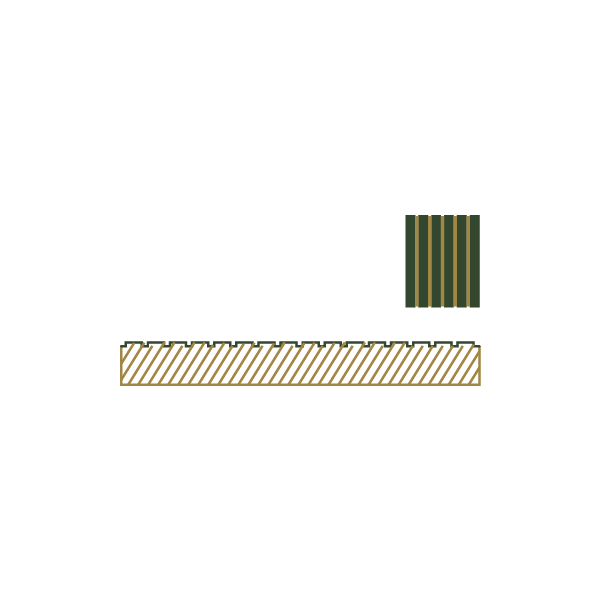
SLATTED
Applications

Quartzites
Formação Ferrífera Bandada Quartzo microcristalino e cristalino (55%), Magnetita (15%), Goetita (15%) Hematita (12%), Grunerita (3%)
3287
0.44
0.14
149.49
45.70
229.43
ALTA

Petrographic Analysis
It consists of classifying the rock through the macroscopic and microscopic description of its characteristics, such as minerological composition, alteration, deformation and microcracking pattern.

Apparently density
Relationship between the mass and apparent volume of the rock. It provides the weight of the rock, being an important parameter for calculating loads in buildings.

Apparent porosity
It is the relationship between the volume of voids and the total volume of the rock expressed as a percentage.
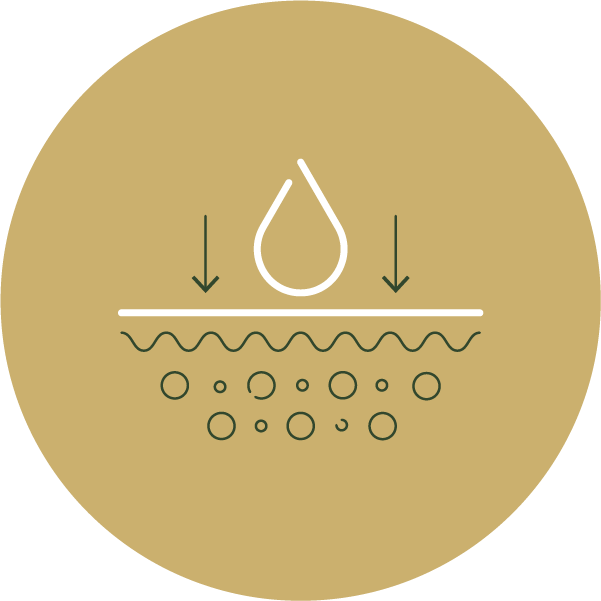
Water absorption
It is the ability to assimilate or incorporate water into the rock, expressed as a percentage.

Abrasion resistance
Determines the wear rate due to friction of particles with the surface of a rock plate.

Bending resistance
Simulates flexural efforts in rock pacas, with predetermined thickness, in this case simulating the effect of wind on plates fixed to facades with metal anchors.

Compressive strength
.

Stain resistance
Stress that causes rock to rupture when subjected to compressive stress.
Inspirations
Environments
The exclusive world of natural stones for subtle and elegant environments.
Simulate our products
Request a quote
Request a service by choosing the region of interest
